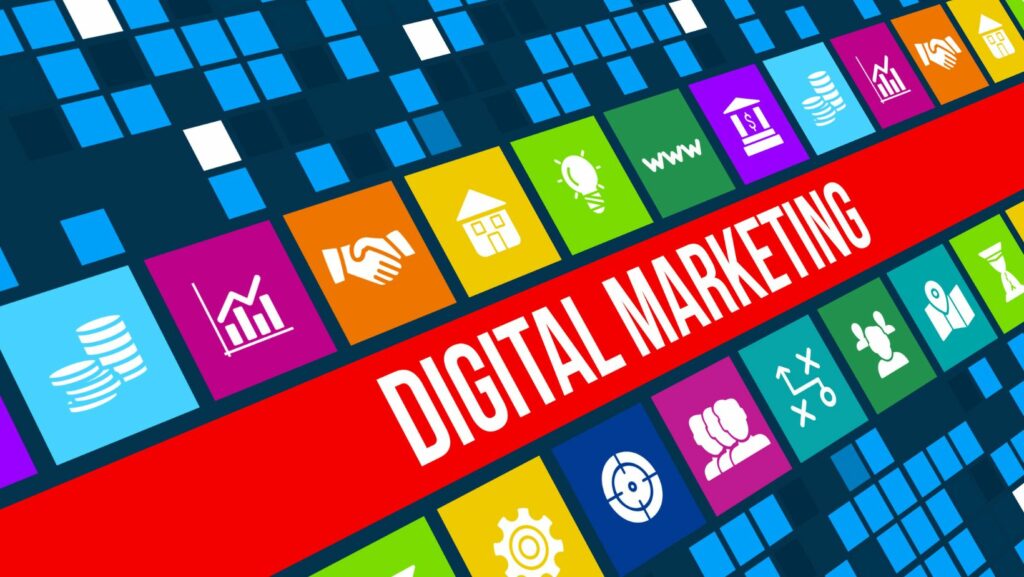The real estate industry, particularly the multifamily sector, continues to evolve as marketing strategies become more sophisticated and technology-driven. In 2025, property marketers are leveraging digital innovations, data analytics, and shifting consumer behaviors to stay ahead in a competitive market. Here are some of the key trends shaping multifamily and real estate marketing this year.
1. AI-Powered Personalization
Artificial intelligence (AI) has revolutionized real estate marketing by enabling hyper-personalized experiences. AI-driven chatbots and virtual leasing assistants can now engage with prospects 24/7, answering queries, scheduling tours, and even providing customized property recommendations. AI is also being used to analyze consumer data and predict renter preferences, allowing for more targeted and effective marketing campaigns.
2. Virtual and Augmented Reality Tours
With the rise of remote interactions, virtual and augmented reality (VR and AR) tours have become a must-have marketing tool. Prospective renters and buyers can now explore properties in 3D from anywhere, gaining an immersive experience without visiting in person. AR applications also enable users to visualize furnished units and customize spaces according to their tastes, making the decision-making process easier and more engaging.
3. Programmatic Advertising and Retargeting
Digital advertising has become increasingly automated with programmatic advertising and retargeting strategies. Real estate marketers are using AI-driven ads that dynamically adjust based on user behavior and search history. Retargeting ensures that potential renters or buyers who have previously shown interest in a property receive relevant ads across social media, search engines, and other digital platforms, increasing conversion rates. To maximize the effectiveness of these strategies, hiring a specialized agency like Brindle Digital Marketing can help real estate businesses optimize their campaigns and achieve better results.
4. Content Marketing and Storytelling
Content remains king in real estate marketing. In 2025, successful multifamily brands will focus on storytelling to build emotional connections with potential residents. Engaging blog posts, neighborhood guides, video testimonials, and behind-the-scenes content create a sense of community and trust.

Social media platforms, particularly Instagram and TikTok, play a crucial role in showcasing properties through short-form videos, resident testimonials, and influencer collaborations.
5. Sustainability and Green Marketing
As sustainability becomes a top priority for renters and buyers, real estate marketers are highlighting eco-friendly features and certifications. Properties that incorporate energy-efficient appliances, solar panels, smart thermostats, and sustainable building materials attract environmentally conscious consumers. Marketing campaigns now emphasize green living, wellness-focused amenities, and the long-term cost savings of sustainable housing.
6. Data-Driven Decision Making
Marketing strategies in 2025 are heavily reliant on data analytics. Real estate professionals use predictive analytics to determine demand trends, price adjustments, and consumer preferences. CRM (Customer Relationship Management) systems and marketing automation tools enable personalized communication, track engagement, and optimize campaign performance. Leveraging data-driven insights allows marketers to refine their strategies and maximize ROI.
7. Social Proof and Online Reputation Management
Online reviews and social proof are more influential than ever. Prospective renters and buyers rely on ratings, testimonials, and Google reviews before making decisions. Multifamily marketers are investing in reputation management tools to encourage satisfied residents to leave positive feedback while swiftly addressing negative reviews. Transparency and authenticity in online engagement help build trust and credibility.
8. Influencer and Community-Driven Marketing
The power of influencer marketing has extended into the multifamily real estate sector. Property managers collaborate with local influencers, real estate vloggers, and lifestyle bloggers to showcase their communities.

Additionally, user-generated content (UGC) from current residents—such as photos, videos, and testimonials—creates a sense of authenticity and fosters community engagement. Hosting resident events and featuring them in marketing materials also strengthens brand identity.
9. SMS and Conversational Marketing
With high open rates and immediate engagement, SMS marketing has become a preferred communication channel in real estate. Leasing teams use automated SMS campaigns to send personalized messages, schedule tours, and follow up with prospects. Conversational marketing via text-based AI assistants allows for real-time interactions, increasing lead conversion and reducing friction in the leasing process.
10. Smart Home and Proptech Integration
The integration of smart home technology in multifamily properties has become a major selling point. Smart locks, voice-controlled appliances, and app-based management systems enhance convenience and security. Marketing campaigns now emphasize the tech-forward living experience, attracting renters who prioritize automation and digital accessibility in their homes.
Conclusion
As 2025 unfolds, multifamily and real estate marketing continues to be shaped by technological advancements and evolving consumer expectations. From AI-driven personalization to immersive virtual tours, sustainability initiatives, and influencer collaborations, property marketers must adapt to these trends to stay competitive. By embracing digital transformation and data-driven strategies, real estate professionals can effectively attract, engage, and retain residents in a rapidly evolving market.



